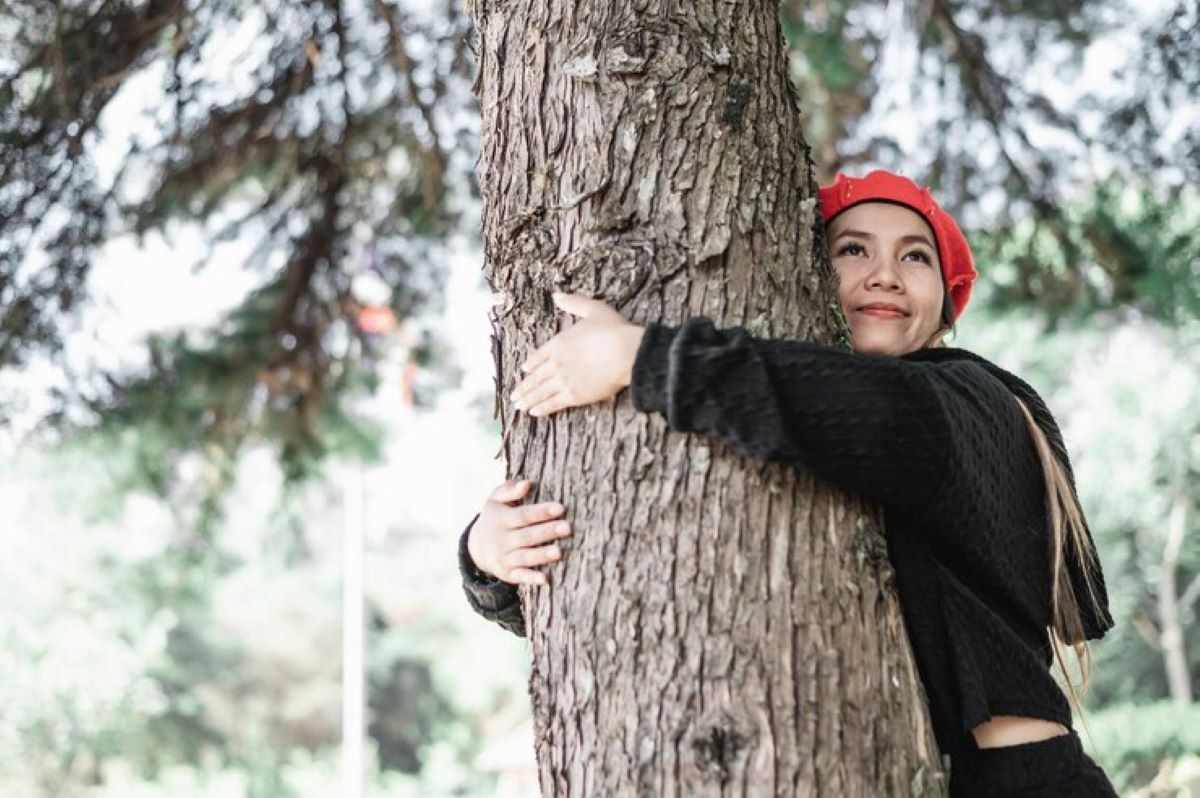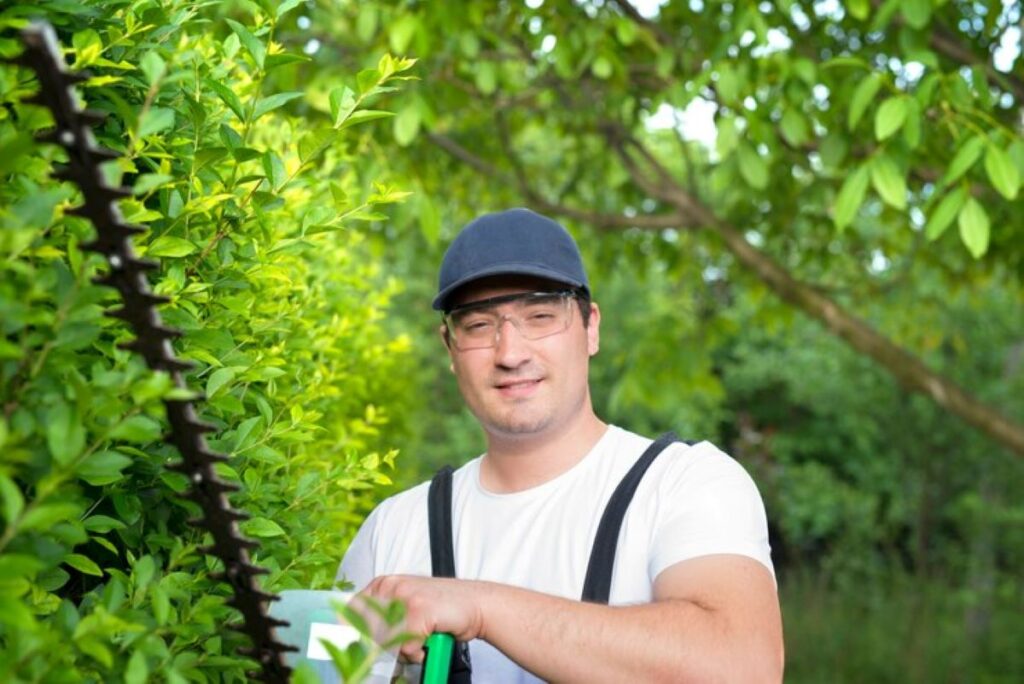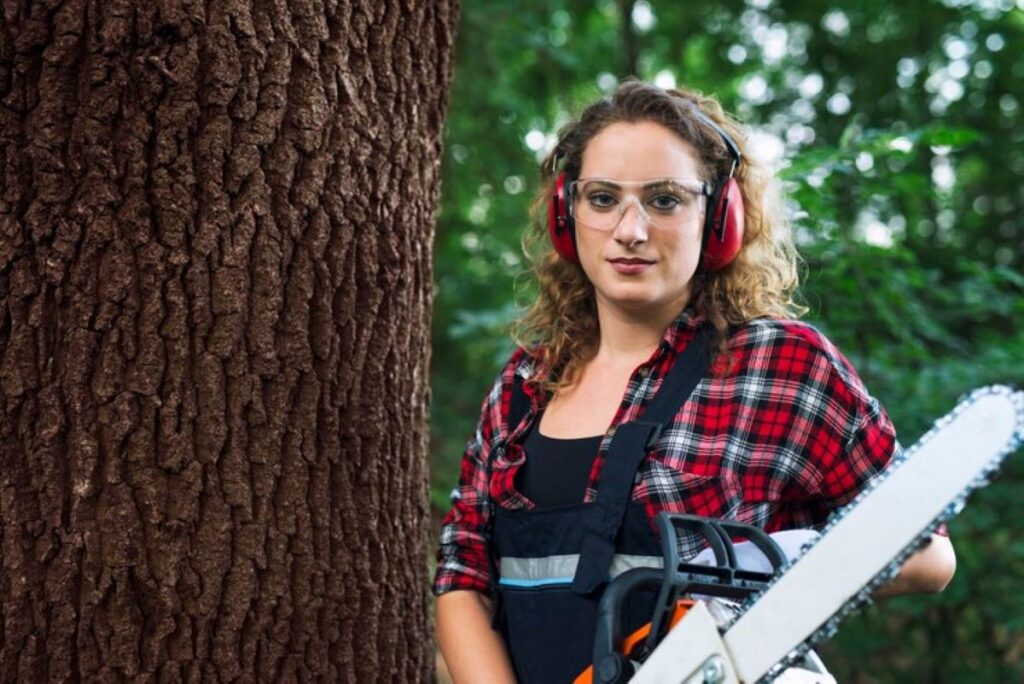Address
304 North Cardinal St.
Dorchester Center, MA 02124
Work Hours
Monday to Friday: 7AM - 7PM
Weekend: 10AM - 5PM
Address
304 North Cardinal St.
Dorchester Center, MA 02124
Work Hours
Monday to Friday: 7AM - 7PM
Weekend: 10AM - 5PM

Arborist Hornsby specialists serve as guardians of the suburb’s urban forest, conducting systematic health assessments to identify problems before they escalate. These certified professionals examine trees for subtle changes in appearance, structure, and vitality that indicate underlying issues.
Early detection of tree disease and decay prevents catastrophic failures that could damage property or endanger residents. When problems are caught in their initial stages, treatment options remain viable and cost-effective. Delayed intervention often results in complete tree removal, eliminating the environmental and aesthetic benefits mature trees provide.
Specialist arborists maintain healthy urban trees through:
Their expertise in early signs tree decay ensures Hornsby’s streetscapes and private gardens remain both beautiful and safe for the community.
Arborist Hornsby identify early tree disease symptoms by examining foliage for telltale changes that signal declining health. Here are some common signs they look for:
Leaf discoloration appears as yellowing, browning, or unusual spotting patterns that differ from seasonal changes. Wilting leaves that droop despite adequate moisture and premature leaf drop outside autumn months indicate stress or infection.
Reduced foliage density reveals a tree’s struggle to maintain normal growth. When leaves emerge smaller than typical for the species or gaps appear in the canopy where branches once flourished, these signs point to compromised nutrient uptake or root system problems affecting overall vigour.
Fungal growth on trees serves as a critical warning signal. Mushrooms, conks, or bracket fungi sprouting from trunks, roots, or branches indicate internal decay caused by microbial activity. These fruiting bodies often appear years after infection begins, making their presence a serious concern requiring immediate professional assessment to determine the extent of structural compromise.
Arborists identify structural decay detection through careful examination of the tree’s outer surface and framework. Signs of bark damage reveal critical information about internal health.
Specialists inspect for bark cracking, peeling, or unusual texture changes that suggest underlying deterioration. Cankers—sunken, discoloured areas on the bark—indicate active disease or fungal infection compromising the tree’s structural integrity.
Tree cracks and splits in the trunk demand immediate attention as they expose vulnerable wood to pathogens and pests. Arborists trace these fissures to determine depth and severity, assessing whether they extend into the heartwood.
Holes bored into trunks or branches signal insect infestations from:
Dead branches hanging precariously or falling without warning indicate advanced decay. Arborists evaluate branch attachment points, looking for weak unions or cavities where branches connect to the main trunk. These visual assessments help determine if the tree poses immediate risk to property or people.
Root systems provide the foundation for tree stability and nutrient absorption, making their health essential for detecting early decay. Poor drainage effects create oversaturated soil conditions that suffocate roots, preventing oxygen uptake and triggering root rot symptoms that compromise the entire tree structure.
Arborists identify root-related problems through visible signs above ground. Bark discoloration near the base often signals underground deterioration, whilst dying foliage in specific sections indicates compromised root zones. Trees experiencing root rot display wilting leaves despite adequate rainfall, stunted growth patterns, and an overall decline in vigour.
Root health assessment techniques employed by specialists include:
Understanding how specialists detect early signs of tree disease and decay begins with recognising that root problems manifest gradually, often causing irreversible damage before visible symptoms appear in the canopy.

Tree risk assessment Hornsby specialists evaluate multiple factors to determine potential hazards. Arborists begin by examining tree age and species characteristics, as certain varieties are more susceptible to specific diseases or structural weaknesses. For instance, mature eucalypts, require different assessment criteria compared to younger exotic species common in suburban gardens.
Branch failure history provides critical insights into recurring structural problems. Trees that have previously dropped limbs show patterns that help predict future failures, particularly during storms or high winds.
Canopy density evaluation reveals the tree’s overall health status. Sparse or uneven canopy distribution often indicates underlying stress, disease, or root problems. Dense suburban plantings in Hornsby create additional risk factors:
Arborists assess vitality through growth patterns, leaf colour, and seasonal response. Trees showing declining vigour receive heightened scrutiny as they pose greater risks to property and public safety in residential zones.
In such cases, tree care practices become crucial in mitigating risks. These practices can include regular health assessments, proper pruning techniques to reduce weight on branches, and ensuring adequate spacing between trees to promote healthy growth.
Furthermore, understanding the risk factors involved in tree health assessments allows arborists to make informed decisions that not only protect property and public safety but also ensure the longevity and health of the trees themselves.
Arborists develop tailored treatment plans based on the severity and type of disease identified during assessments. Tree disease treatment Hornsby specialists begin with targeted interventions to preserve tree health whenever possible.
Pruning for disease management removes infected branches to prevent spread throughout the canopy. Arborists make precise cuts beyond the affected areas, sterilising equipment between cuts to avoid cross-contamination. This technique proves particularly effective for fungal infections and bacterial diseases confined to specific limbs.
Disease management extends beyond pruning to include:
Removal becomes the recommended option when decay compromises structural integrity beyond repair. Trees with extensive trunk rot, severe root system failure, or those posing immediate hazards to buildings and pedestrians require extraction. Arborists assess whether the tree’s condition presents unacceptable risks that treatment cannot mitigate, prioritising public safety whilst considering the ecological value of mature specimens. Visit https://robstreepros.com/when-to-book-tree-services-in-wahroonga-for-seasonal-pruning/ to get when to book tree services in Wahroonga for seasonal pruning.
Arborists rely on specialised equipment to identify disease before visible symptoms appear. Resistograph drills measure internal wood density by drilling micro-thin holes, revealing decay patterns without harming the tree structure. Sonic tomography devices send sound waves through trunks to create detailed cross-sectional images showing hollow areas or rot pockets.
Non-invasive methods include thermal imaging cameras that detect temperature variations indicating infection sites, and increment borers that extract small core samples for laboratory analysis. These arborist tools for disease detection provide accurate diagnostics whilst minimising tree stress.
Digital platforms now enable continuous monitoring through:
Specialised tree assessment techniques combine traditional visual inspections with modern technology. Arborist Hornsby how specialists detect early signs of tree disease and decay demonstrates this integrated approach—certified professionals document findings through high-resolution photography and GPS mapping, creating comprehensive health records that track changes over multiple seasons and inform targeted intervention strategies.
Arborists provide detailed council reports tree health Hornsby that satisfy local authority requirements before any tree work proceeds. These comprehensive documents outline the tree’s condition, structural integrity, and recommended interventions, ensuring property owners meet their legal obligations under council regulations.
Professional arborists adhere strictly to Australian standards tree care (AS 4373-2007 for pruning and AS 4970-2009 for protection during construction) which establish best practices for safe, effective tree management. These standards govern everything from pruning techniques to risk assessment methodologies, protecting both the trees and surrounding community.
Certified arborists hold qualifications through recognised bodies such as:
These credentials demonstrate proven expertise in identifying disease, assessing structural stability, and implementing appropriate care strategies. Professional certification ensures arborists possess current knowledge of pathology, pest management, and safety protocols that protect public spaces and private properties throughout Hornsby’s suburban landscape.

Professional assessments by certified specialists protect your property from structural failures and safeguard public spaces from hazardous falling branches. When you consult Hornsby arborist professionals, you gain access to trained eyes that spot subtle warning signs before they escalate into costly emergencies or safety threats.
Waiting until visible decay appears often means the damage has progressed beyond simple intervention. Early detection through expert tree care services allows for targeted treatments that preserve valuable trees whilst minimising removal costs and landscape disruption.
Arborist Hornsby how specialists detect early signs of tree disease and decay demonstrates the technical expertise required for accurate diagnosis. These professionals combine visual inspection skills with specialised equipment to identify problems invisible to untrained observers.
Don’t risk property damage or personal injury from declining trees. Contact qualified local specialists today for comprehensive tree health assessments. Prompt professional intervention helps you prevent tree decay risks whilst maintaining the beauty and environmental benefits of your landscape. Schedule your consultation now to ensure your trees receive the expert care they deserve.